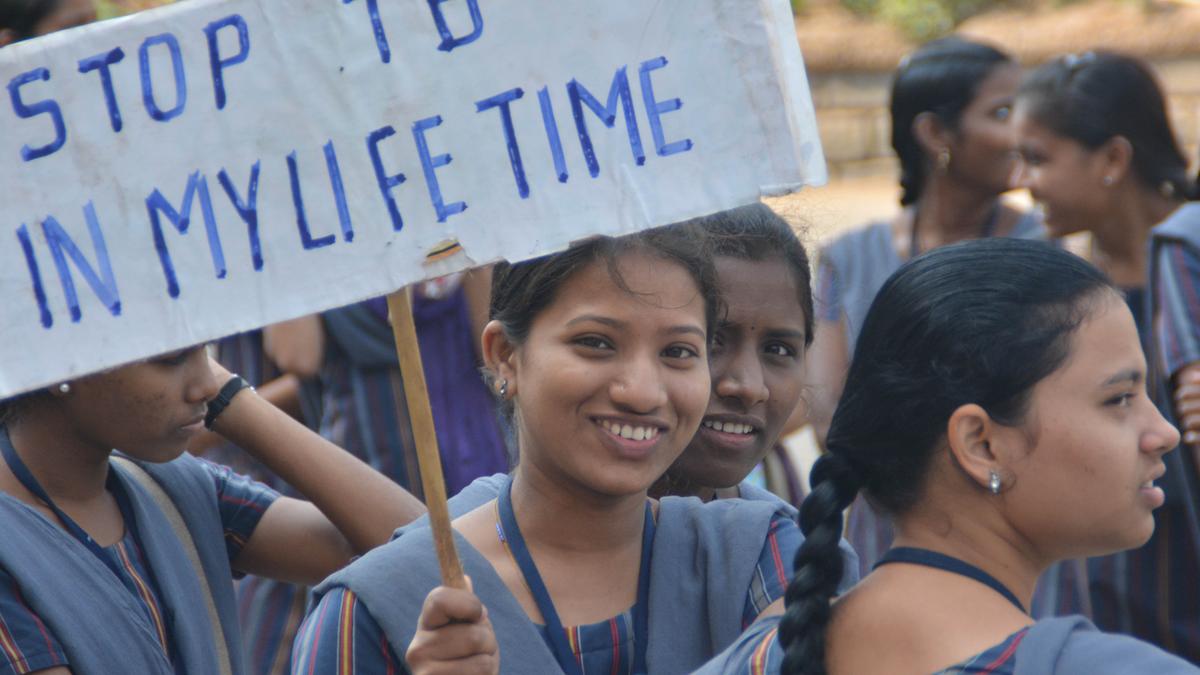Tamil Nadu’s TB Death Prediction Model

- 12 Jul 2025
In News:
Tamil Nadu has become the first Indian state to integrate a predictive model for tuberculosis (TB) deaths into its State TB Elimination Programme. This initiative, in partnership with the Indian Council of Medical Research’s National Institute of Epidemiology (ICMR-NIE), marks a significant step in India’s public health innovation, aimed at reducing TB-related mortality through data-driven, early intervention strategies.
The model has been embedded within the existing TB SeWA (Severe TB Web Application) platform, launched under the state’s Tamil Nadu Kasanoi Erappila Thittam (TN-KET), a differentiated care initiative operational since 2022. It enables real-time triaging and prioritisation of severely ill patients at the time of diagnosis, improving early access to hospital care—a crucial step, as over 70% of TB deaths occur within the first two months of treatment.
How the Predictive Model Works
The model is based on five triage indicators:
- Body Mass Index (BMI)
- Pedal oedema (foot/ankle swelling)
- Respiratory rate
- Oxygen saturation
- Ability to stand without support
Healthcare workers input these variables into the TB SeWA app, which calculates a predicted probability of death, ranging from 10% to 50% for severely ill patients. For those not flagged, the risk ranges between 1% and 4%. This objective risk estimate empowers frontline health workers to make urgent and informed decisions about hospital admission and care.
Data used for model development included nearly 56,000 TB patients diagnosed in Tamil Nadu’s public health facilities between July 2022 and June 2023. Notably, 10–15% of adults with TB in the state were found to be severely ill at diagnosis. The model's predictive accuracy has been validated as equivalent to the national Ni-kshay portal, which captures a broader range of data but with a delay of up to three weeks—often too late for timely intervention.
Implementation and Impact
The model is now functional across all 2,800 public health facilities in Tamil Nadu, from Primary Health Centres to Medical Colleges. The average time from diagnosis to hospital admission is already around one day, but delays of 3–6 days still occur in about 25% of cases. By introducing objective, real-time risk assessment, the model aims to eliminate such delays and further reduce early TB deaths.
The TN-KET initiative has shown promising results: nearly two-thirds of districts have documented reduced mortality and losses in the TB care cascade. Tamil Nadu remains the only Indian state to systematically record and act upon these five triage variables at the point of diagnosis.
National and Global Relevance
India carries the highest TB burden globally, with two TB-related deaths every three minutes, according to the WHO. Tamil Nadu’s model aligns with global findings, such as those from Ethiopia, identifying low body weight, age, and TB/HIV co-infection as key mortality predictors. Addressing these early improves outcomes significantly.
This innovation presents a scalable, replicable model for other Indian states and developing nations striving to eliminate TB by 2030, in line with WHO’s End TB Strategy and India’s National Strategic Plan.
